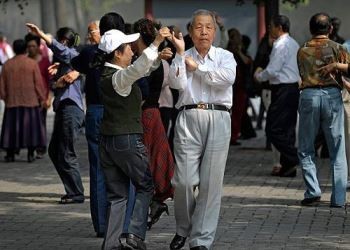China could be facing a labor shortage by 2021, with a rapidly aging population resulting from the One Child Policy, according to an expert.
China's labor population will significantly decrease once the workers born during the baby boom in the 1960s and 1970s start to retire in 2021, according to Yao Meixiong, deputy head of Fujian Provincial Bureau of Statistics' Center for Population Census.
By the end of 2014, China's population consisted of 212 million people above 60 years old, making up 15.5 percent of the overall population, according to data from the Ministry of Civil Affairs.
"Young labor resources between the ages of 20 and 34 will plunge year by year from 2021," said Yao, as quoted by Yicai.com. "The drop could amount to 11 million each year from 2022 to 2025. By 2030, the youth labor force at this rate will drop to 221 million, 32 percent, or 104 million fewer than 2010."
The official data showed that China's working population aged between 16 and 59 decreased by 3.71 million year on year in 2014.
Yao also mentioned how China's gender imbalance is another potential problem.
"For people less than 19 years old in 2010, 172 million were males, 22.1 million more than females. This means about 10 percent of male youths will find it hard to find female spouses beginning in 2020," Yao said.
The One Child Policy was introduced in the 1970s. By 2011, the policy was relaxed all over the nation, and at the beginning of 2015, the policy was further relaxed, allowing two children if either parent was an only child.
However, Yao believes that such relaxations are not enough to fill the upcoming labor shortage, as many couples who are qualified to have a second child do not always want one.


